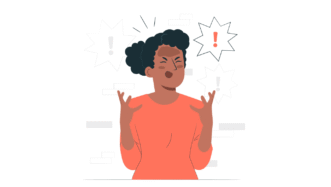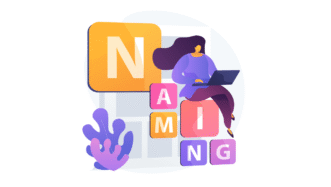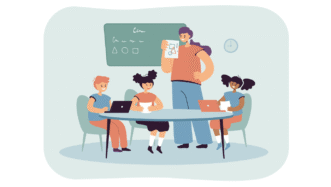LESSON OVERVIEW
The main objectives of this lesson are to:
- learn and practise collocations with ‘mental’ and ‘cognitive’.
- watch part of a video about confirmation bias;
- learn and practise the use of perfect participle vs perfect infinitive.
With this lesson, students think of collocations with ‘mental’ and ‘cognitive’ (e.g. mental illness, cognitive development), discuss cognitive processes and mental skills and watch part of a video (to 04:42) on cognitive biases. They also talk about the effects of confirmation bias, share their experiences and explore the use of perfect participle vs perfect infinitive.
WARM-UP AND COLLOCATIONS
This lesson starts with a warm-up. Students match adjectives (mental and cognitive) with their definitions. They then consider what nouns collocate with the two words (e.g. mental health, cognitive function). Afterwards, students complete gaps with nouns to create common collocations with the adjectives ‘cognitive’ and ‘mental’ in questions. The first and the last letters of each noun are provided. Following that, students discuss those questions related to cognitive skills and daily mental tasks. Next, they watch the first part of a video on cognitive biases and say what the speaker thinks about it. After that, students watch the second part of the video about confirmation bias and tick the things the speaker mentions.
PERFECT PARTICIPLE VS PERFECT INFINITIVE
In this part of the lesson, students discuss questions about confirmation bias and its effects. They then look at situations presenting examples of other cognitive biases and choose the correct verb forms to complete them. Afterwards, students look at the sentences again and do tasks where they explore the use of perfect participle vs perfect infinitive. Next, they match cognitive biases (e.g. euphoric recall, hindsight bias, group attribution error) with the sentences from the previous exercise. Then, students explain what they think the biases are. After that, they look at the cognitive biases again and discuss points related to their effects and students’ own experiences. Following that, students summarize the lesson using sentence beginnings provided in the task (e.g. I would like to have known…).
HOMEWORK/REVISION
This lesson plan also includes an additional task that you can use as homework or revision. In the task, students rewrite sentences using the perfect participle and the perfect infinitive. The task is available in the teacher’s version of the worksheet. You can print it and hand it out to your students. It’s also included in the e-lesson plan.
WORKSHEETS
Subscribe to unlock these and many other Standalone lesson lesson plans with the Unlimited plan
Subscribe













Perfect, as always!
That’s great to hear, thanks 🙂